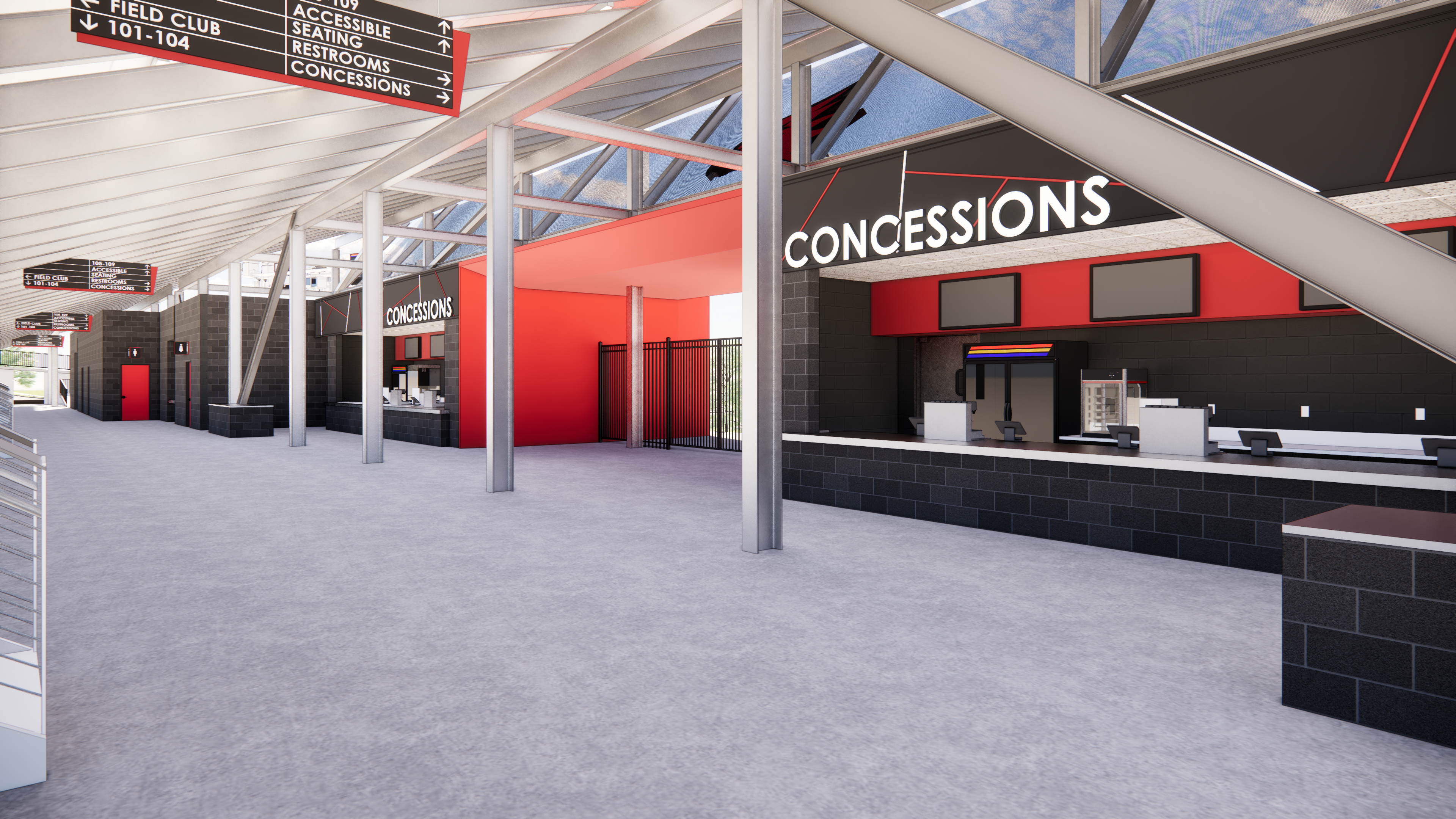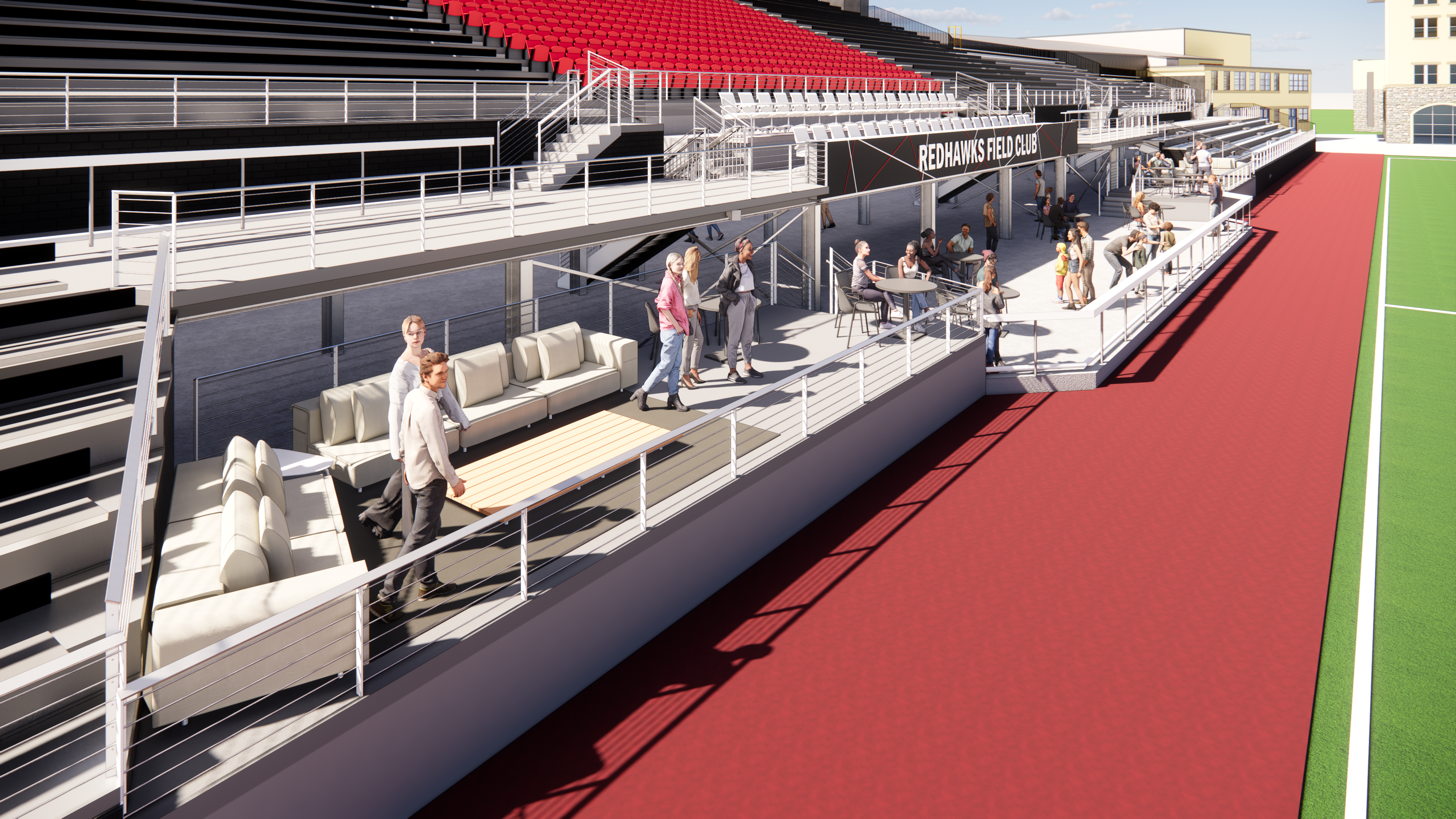The bid process will begin Sunday, July 17, for the first phase of a new multiuse complex at Southeast Missouri State University that will include a football and soccer facility as well as academic and laboratory spaces.
The project received $11 million from the State of Missouri approved by Governor Mike Parson in June for the comprehensive project development including, among other things, demolition, site preparation and planning, design, and construction.
“We are very appreciative of Gov. Parson’s support for funding transformative projects on college campuses across Missouri,” said Dr. Carlos Vargas, president of Southeast. “This is a critical first step in not only improving facilities on our campus that are more than 90 years old but also in addressing real needs for our academic programs.”
Vargas said the investment is good not only for the University but also for the economy and the state.
“An economic impact study completed this past fall by an international labor market analytics firm (EMSI) found that for every dollar Missouri taxpayers invested in the University, their return on that investment was over $2. In addition, the study found the multiuse complex would add $31 million to the economy including the construction spending impact as well as the long-term visitor spending impact which is projected to increase by nearly a quarter million dollars per year,” said Vargas.
Phase One
Requests for bids this weekend will include only phase one of the multiphase project--the rebuild of the south grandstand, fan facilities, including restrooms and concession areas, and associated HVAC, mechanical and other systems work.

The south grandstand was demolished last year following a structural assessment. The University and the Southeast Missouri University Foundation identified approximately $12 million for replacement. Bids were previously received for phase one in January but significantly exceeded the cost estimate. To control costs without sacrificing quality, Southeast and its architectural firm have spent the last few months redesigning the initial phase.

“I like several components of the redesign even better than the original design,” says Director of Athletics Brady Barke. “I think we’ve been able to focus more on the fan experience. We’re excited to share artist’s renderings of what fans can expect at Houck Field.”
Barke says a separate project to replace the turf was scheduled for this year following the season and can now also be combined in the project timeline. Construction is expected to begin this fall and will continue through next summer with the initial phase planned to be complete in time for the fall 2023 season.
More Than a Stadium
The complete project is more than a stadium according to Vargas. The project enabled the University to consider how its academic areas already worked with athletics as well as address needed improvement to several facilities and laboratories in the health sciences.
“When we talk about the Houck project, we aren’t just talking about the stadium,” said Vargas. “It will be a multiuse complex that will include a facility with classrooms, labs, and offices to support STEM, health, life, and allied health sciences research, and academic programs.”
More specifically, potential laboratories incorporated into the new facility may include an allied health laboratory, a biology (physiology) lab, a virtual anatomy laboratory, and a life science (biomechanics) laboratory.
“Our academic programs, particularly health sciences, provide real-world learning opportunities by working with our Athletics teams. We knew this project could address the needs of those programs while connecting them even more closely to hands-on learning opportunities. This will only strengthen the educational and professional experiences we offer our students and make them even more qualified, competent job candidates in addition to strengthening the existing support and partnerships with employers and community partners,” said Vargas.
What’s Next
Barke said there is excitement to get work started on phase one of the project and in turning attention to the next phases.
“I hear a lot of excitement from the community and receive a lot of questions,” said Barke. Because of the demolition of the south grandstand, we have been very focused on that phase. Now that we’re making progress there, we can turn our attention to design for the remaining phases, which will give us additional details on cost, so we can start work to fully fund the complete project.”